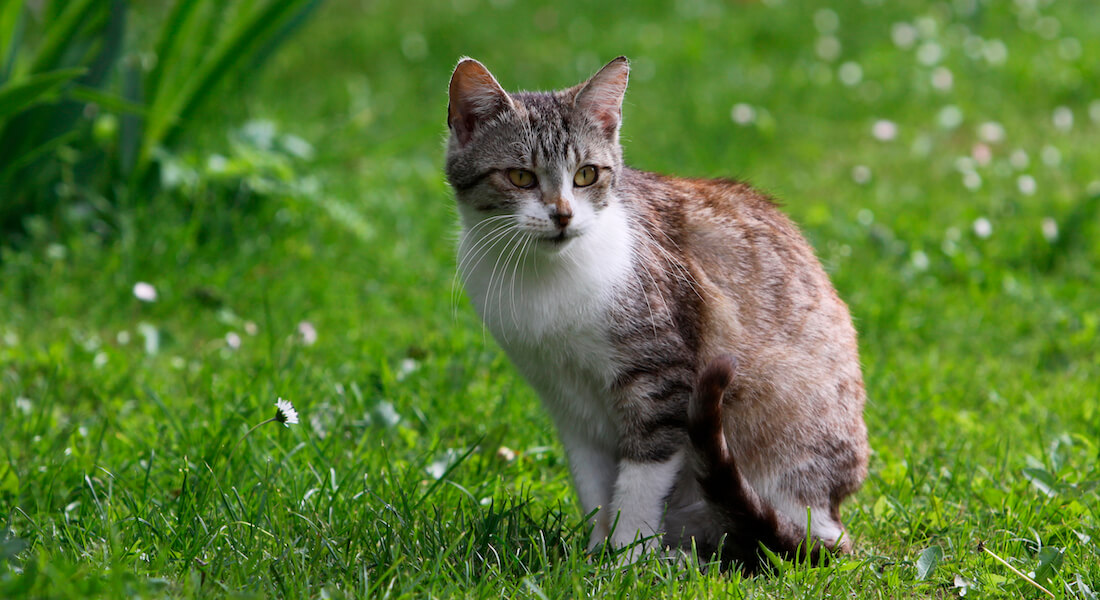How Serious Are Health-Related Welfare Problems in Unowned Unsocialised Domestic Cats?

A Study from Denmark Based on 598 Necropsies
Thuesen, I. S., Agerholm, J. S., Mejer, H., Nielsen, S. S., & Sandøe, P. (2022)
Animals. MDPI
Simple summary
Domestic cats are very popular companion animals, but a significant number are ownerless. These are either socialised or unsocialised. The former can be re-homed. Unsocialised domestic cats, on the other hand, are difficult to handle and fear humans. Therefore, rehoming them is challenging. Unowned unsocialised cats are seen by many people as a nuisance, a hazard to human and animal health, and a threat to biodiversity. However, others have concerns about their welfare, although our knowledge of how well these cats actually cope is very limited. To remedy this, we studied the corpses of 598 unsocialised cats euthanised in Denmark in 2019 by two cat welfare organisations. Our findings reveal that unsocialised cats in Denmark face only a moderate load of health-related welfare problems, even in comparison with owned cats. So, although there may be other reasons to euthanise unsocialised cats, this practice may, in a place like Denmark, be difficult to justify by pointing to the welfare needs of the cats.
Abstract
Free ranging unsocialised domestic cats are widely believed to suffer from a high load of welfare problems. We assessed the validity of this belief by performing necropsies on the corpses of 598 unsocialised cats, originating from all parts of Denmark, that had been euthanised by two Danish cat welfare organisations. We selected a number of variables for health-related cat welfare that could be assessed through necropsy (e.g., gross lesions, ectoparasites and body condition) or by laboratory analysis (e.g., infection with feline immunodeficiency virus (FIV), and by feline leukaemia virus (FeLV)). Each finding was classified as having either a major or minor welfare impact on the cat. More than 83% of the cats had no major finding, and 54% had no finding indicating a welfare issue at all. More than 83% of the cats had a body condition within normal range. Only 0.3% were emaciated. The most common finding was infestation with ectoparasites, with 15.9% infected with lice, 12.3% with fleas, 4.7% with ticks, and 6.7% with ear mites. FIV and FeLV were detected in 9.2% and 1.2% of the cases, respectively. The most common lesion related to the cats’ teeth. Overall, unsocialised cats in Denmark have a moderate level of health-related welfare problems.
